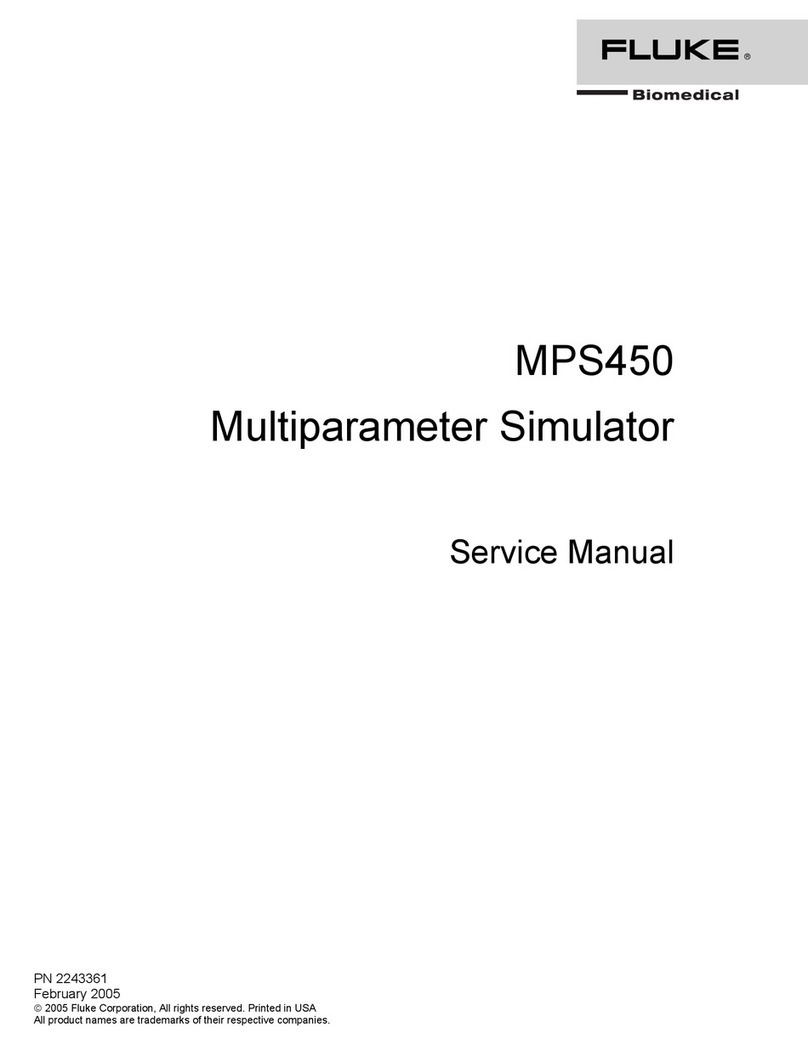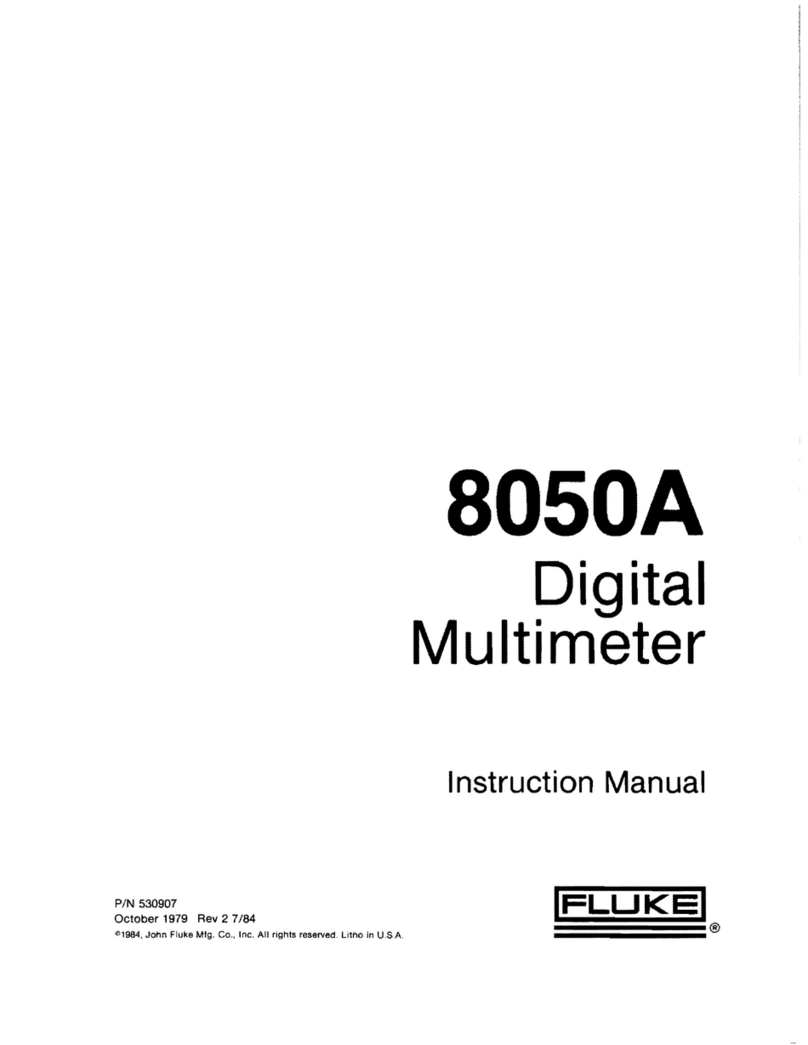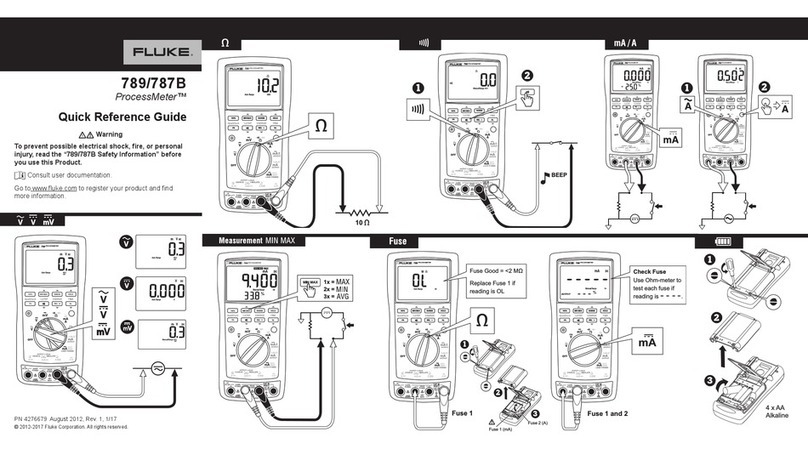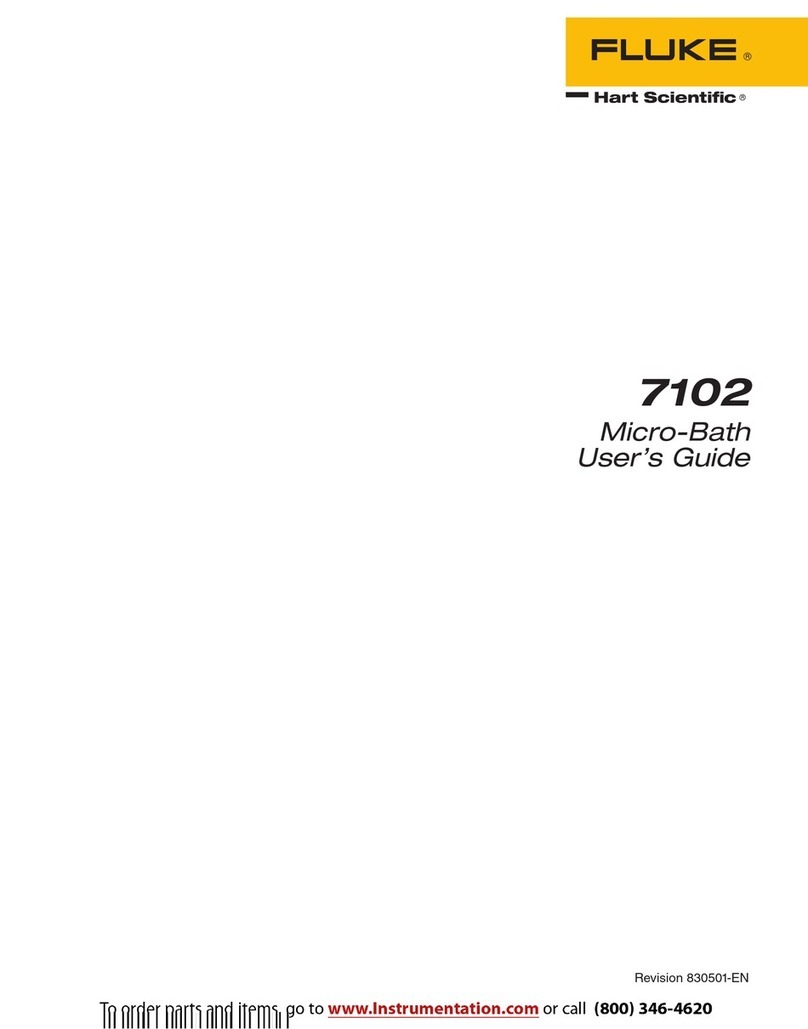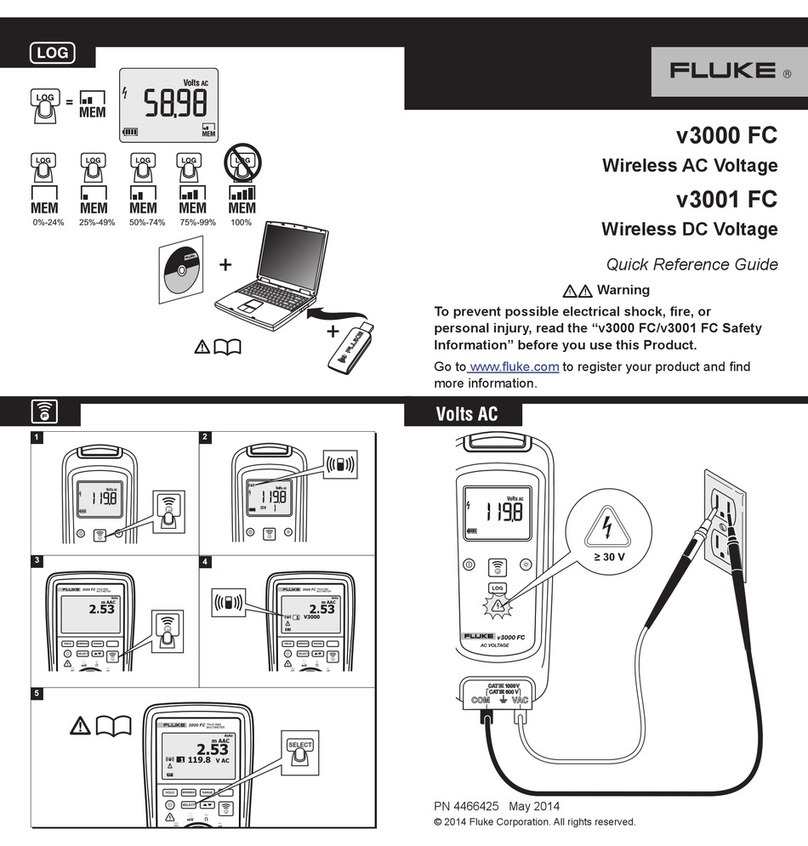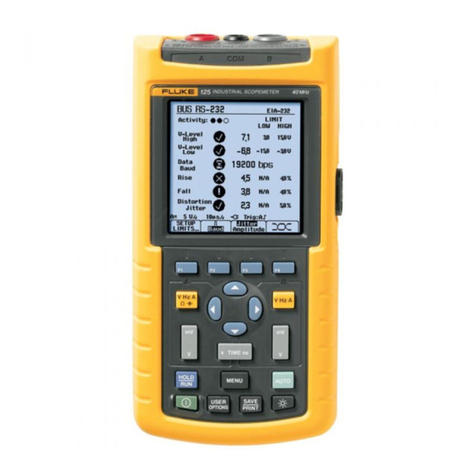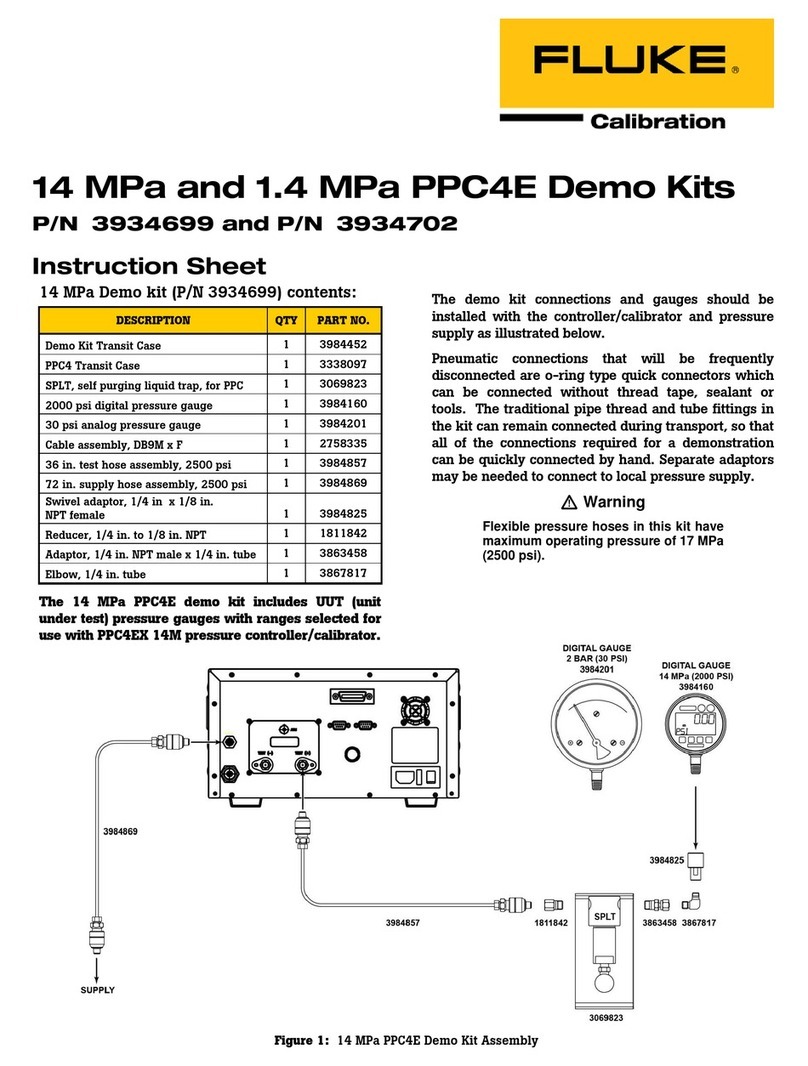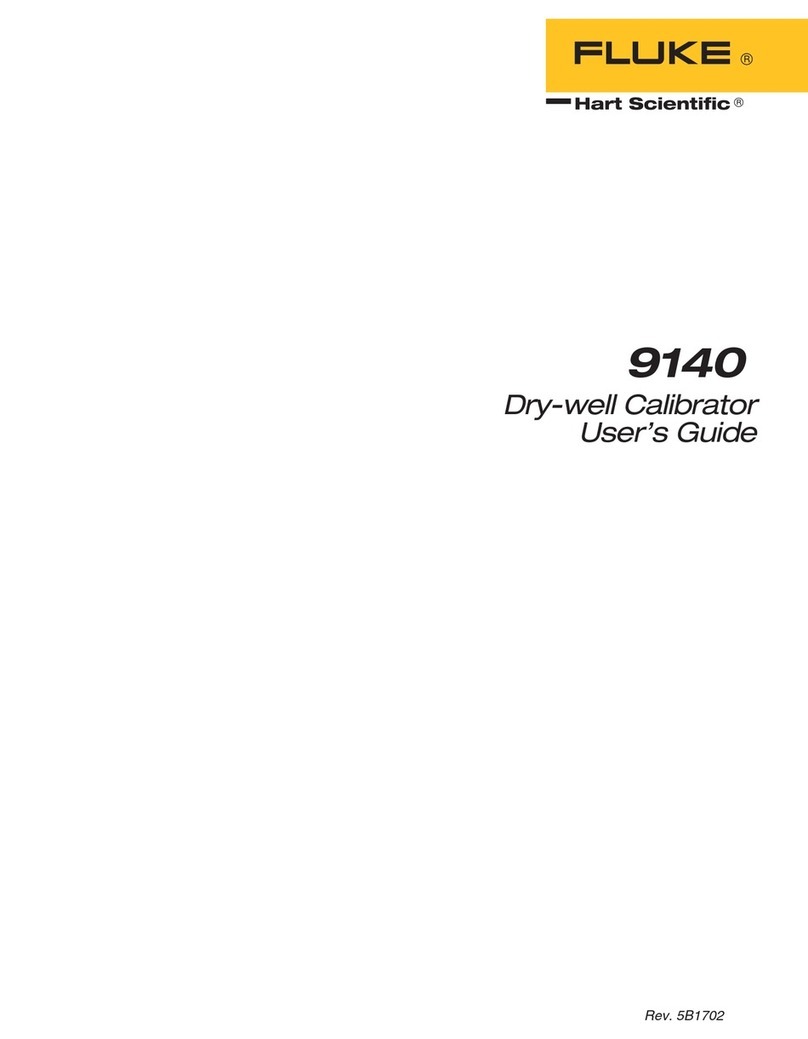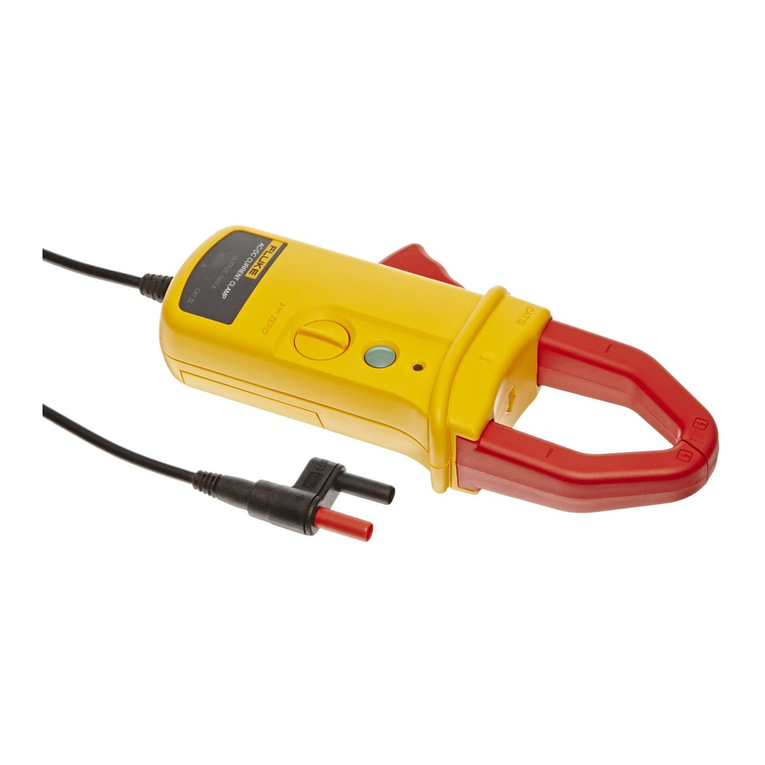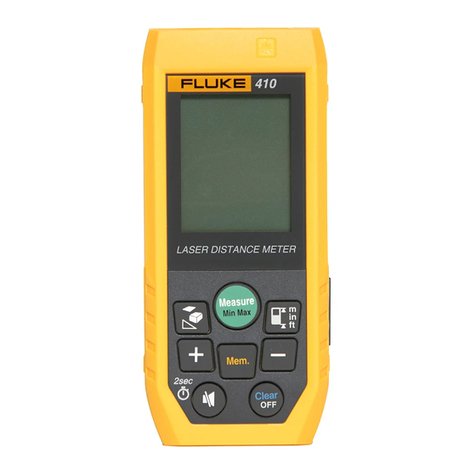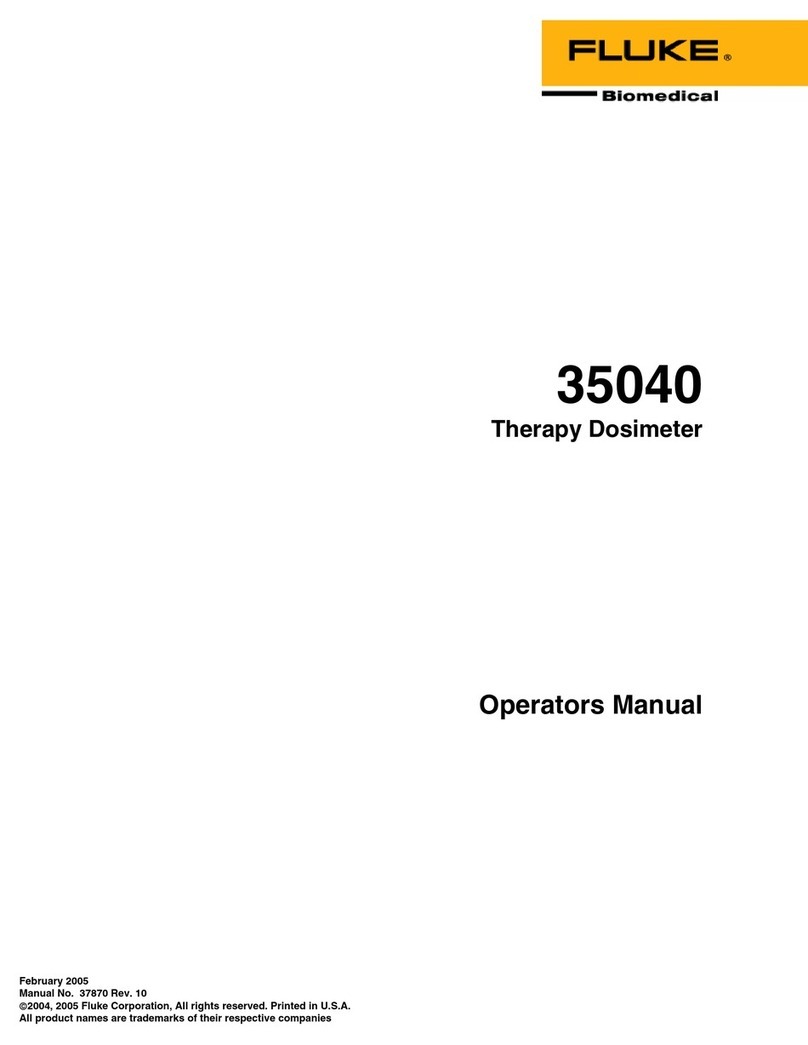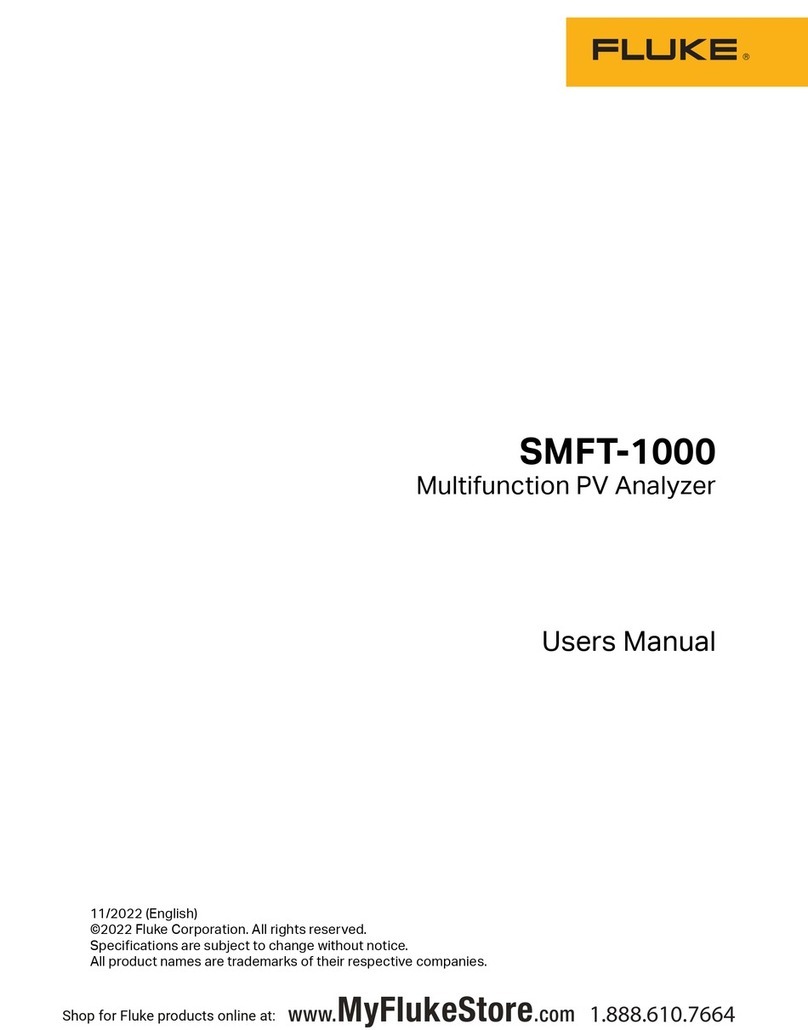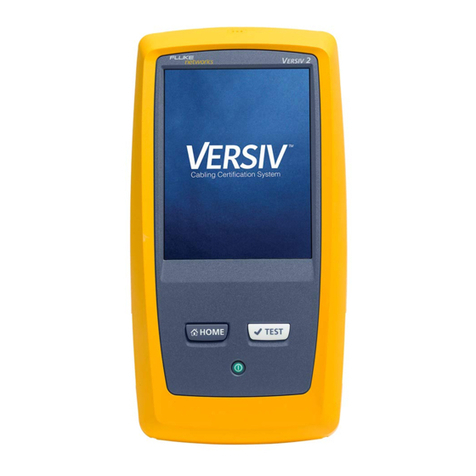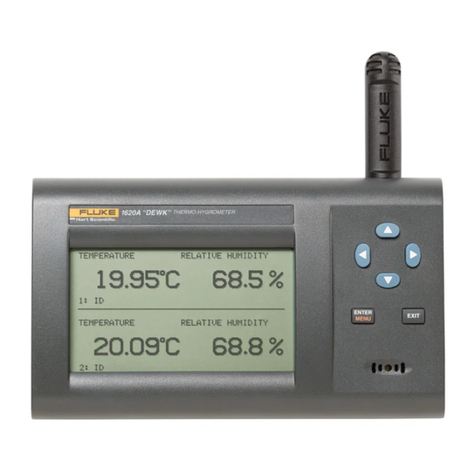ii
6.2.4. The INTERFACE MENU.......................................................................... 45
6.2.5. The ANALOG MENU............................................................................... 47
7. Signal Processing ..................................................................................... 48
7.1. Averaging ..................................................................................................... 48
7.2. Peak Hold..................................................................................................... 48
7.2.1. Reset Peak Hold by Peak Hold Time expiration...................................... 48
7.2.2. Reset Peak Hold by external Trigger signal ............................................ 49
7.2.3. Signal Slope (decay) in case of Peak Hold Reset ................................... 50
7.3. Advanced Peak Hold.................................................................................... 51
7.4. Valley Hold ................................................................................................... 51
7.5. Advanced Valley Hold .................................................................................. 52
7.6. Setpoint ........................................................................................................ 52
7.7. Deadband..................................................................................................... 52
7.8. Air Purge Collar............................................................................................ 53
7.9. Protection Tube............................................................................................ 53
7.10. Fitting System............................................................................................... 54
7.11. Outputs......................................................................................................... 55
7.11.1. Analog Output (current loop) ................................................................... 55
7.11.2. Relay Outputs.......................................................................................... 55
7.11.3. Trigger ..................................................................................................... 55
7.12. Factory Defaults ........................................................................................... 56
8. Device Options.......................................................................................... 58
8.1. Focus (3 focus options available)................................................................. 58
8.2. Laser Sighting (Sighting Option L)................................................................ 58
8.3. PROFINET IO (Communication Option 1).................................................... 59
8.3.1. Description............................................................................................... 59
8.3.2. I/O Device Configuration.......................................................................... 59
8.3.3. Parameter Setting.................................................................................... 60
8.3.4. Structure of the input/output data ............................................................ 61
8.3.5. Diagnostics.............................................................................................. 61
8.4. Ethernet/IP (Communication Option 2)......................................................... 62
8.4.1. Description............................................................................................... 62
8.4.2. I/O Device Configuration.......................................................................... 62
8.4.3. Parameter Setting.................................................................................... 63
8.4.4. Structure of the input/output data ............................................................ 63
8.4.5. Diagnostics.............................................................................................. 63
8.5. ISO Calibration Certificate, based on DAkkS (German accreditation body). 63
9. Accessories............................................................................................... 64
9.1. Electrical Accessories................................................................................... 64
9.1.1. High Temp. Multi-conductor cable with M16 connector (E-2CCBxx)....... 65
9.1.2. Low Temp. Multi-conductor cable with M16 connector (E-2CLTCBxx) ... 66
9.1.3. High Temp. Ethernet cable with M12 connector (E-ETHCBxx)............... 67
9.1.4. Low Temp. Ethernet cable with M12 connector (E-ETHLTCBxx)............ 67
9.1.5. Endurance®Terminal Block Accessory (E-TB)........................................ 68
9.1.6. Endurance®Terminal Block in a NEMA 4 enclosure (E-TBN4)............... 68
9.1.7. 24VDC, 1.2A industrial power supply, DIN rail mount (E-SYSPS) .......... 69
9.1.8. 24VDC, 1.1A, 100-240VAC power supply in NEMA 4/IP65 case (E-PS) 70
9.1.9. PoE Injector to provide power over a single Ethernet hub (E-POE)........ 71
9.1.10. 12-socket DIN Cable connector (E-2CCON) for multi-conductor cable... 72
9.1.11. USB to RS232/422/485 converter (E-USB485)....................................... 72
9.2. Accessories for Fiber Optic Sensors only..................................................... 73
9.3. Air Purge Collar............................................................................................ 73
9.4. Protection Tube............................................................................................ 73
9.5. Fitting System............................................................................................... 74





